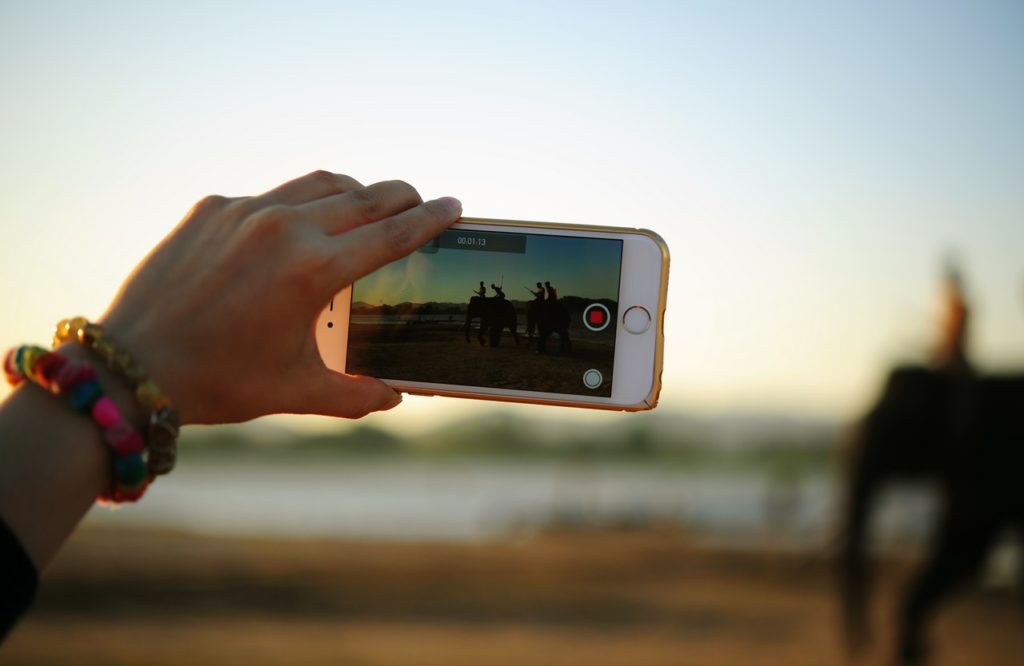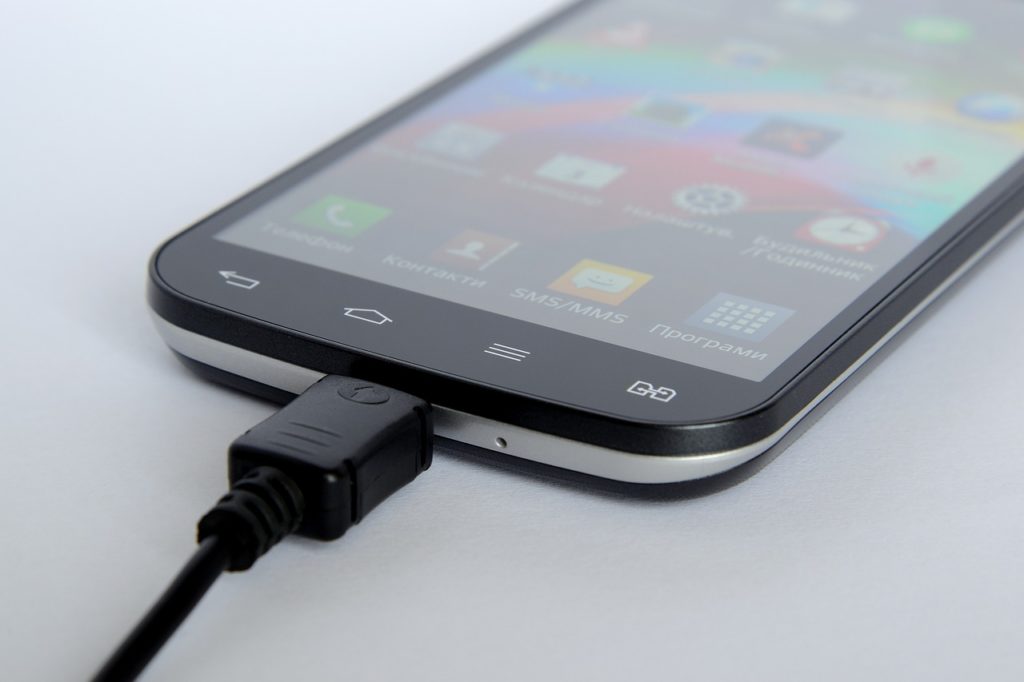Smartphone users all over Afghanistan are buzzing with the recent news that Afghan Wireless Communications Company has brought 4G technology to the country. Further solidifying its role as Afghanistan’s leader in mobile telecommunications, AWCC launched its new 4G LTE network in Kabul in May of 2017. The network is expected to be rolled out across the rest of the country in the coming months.
So, what exactly does this mean for the average smartphone user? Simply put, 4G LTE means better speeds and faster connections for users. When compared with 3G, the previous generation of standard mobile technology, 4G can offer speeds up to 10 times faster. Thus, it dramatically improves a whole range of everyday smartphone activities.
Read on for a look at six common things you do on your smartphone that are about to get a whole lot better, thanks to the power of AWCC’s 4G LTE network.
-
Making video calls
As the number of free and easy-to-use apps like Skype or Apple FaceTime has grown, video calling has become an extremely popular way to connect with friends, family, and even colleagues and business partners, whether at home or abroad. But all too often, video calls are plagued by delays, frozen or pixelated pictures, or poor audio quality.

This is where 4G can make a big difference. Its higher speeds allow data to travel faster between users, and its lower latency (which translates to a quicker response time) allows for more data to be sent in one go. As a result, 4G video calls have a clearer picture, crisper audio, and fewer errors.
-
Tethering
There are definitely times and places where it’s preferable to use a laptop instead of a smartphone – if you’re completing a complicated work assignment at home, for example, and you need to use a desktop-based program. However, this can prove challenging in situations where there is no Wi-Fi, as most laptops and similar devices are not enabled with mobile internet connectivity.
For many users, the solution is to harness their smartphone’s internet connection by connecting it to their laptop using Bluetooth or a cable. This process is known as “tethering.” A 3G connection will certainly work, but a 4G connection can provide speeds that are much more comparable to a home broadband or Wi-Fi style experience.
-
Playing games
4G will offer a faster and smoother experience in any kind of gaming situation, but where it truly shines is multiplayer online games. Because they’re played with other online users in real-time, these games depend on super-fast connections and no lag time.

A delay doesn’t just mean that you experience a pause in the game, it usually means that you’re dropped from the game altogether. For this reason, many live multiplayer games aren’t even accessible to 3G users. Only 4G and above can offer smooth, uninterrupted, and reliable play.
-
Streaming video
Video streaming is ubiquitous these days, from the latest blockbuster on Netflix to the home video your friend posted on Facebook. But because the majority of video streaming services use what are known as “adaptive picture technologies,” the quality of the picture that you’re watching can vary considerably depending on your connection’s strength and speed.
For example, for clear, HD-quality video streaming, Netflix recommends a minimum connection speed of 5Mbps. Because that’s not always achievable on a 3G device, your video might revert to SD quality. This means you may experience buffering, or the video may simply not play at all. However, most 4G networks have the necessary power to ensure a stable HD-quality stream, even accounting for normal fluctuations in speed.
-
Making downloads
While most smartphone users are in the habit of waiting for a Wi-Fi connection to download apps or large files, it’s sometimes necessary to make downloads when you’re out and about with access to mobile connectivity only. Fortunately, given that 4G LTE networks have up to 10 times the speed of 3G networks, as mentioned above, a 4G connection will make short work of any large downloads.

It’s also important to note here that, while 4G offers faster speeds, it doesn’t actually use up any more data, as many users incorrectly believed when 4G was first rolled out. If you’re downloading a 100 MB file, you’ll use up that same 100 MB whether you’re on a 3G or a 4G connection, it’s simply that the 4G download won’t take as much time.
-
Uploading pictures
It’s never been easier to take great photos with your smartphone, but what to do with those pictures after you’ve taken them is another question. 4G can come to the rescue by giving you easier access to cloud services offering instant picture upload. At 4G’s high speeds, it’s easy to take a photo, then have it immediately and automatically uploaded to Google Drive, iCloud, or your favorite cloud storage solution.

